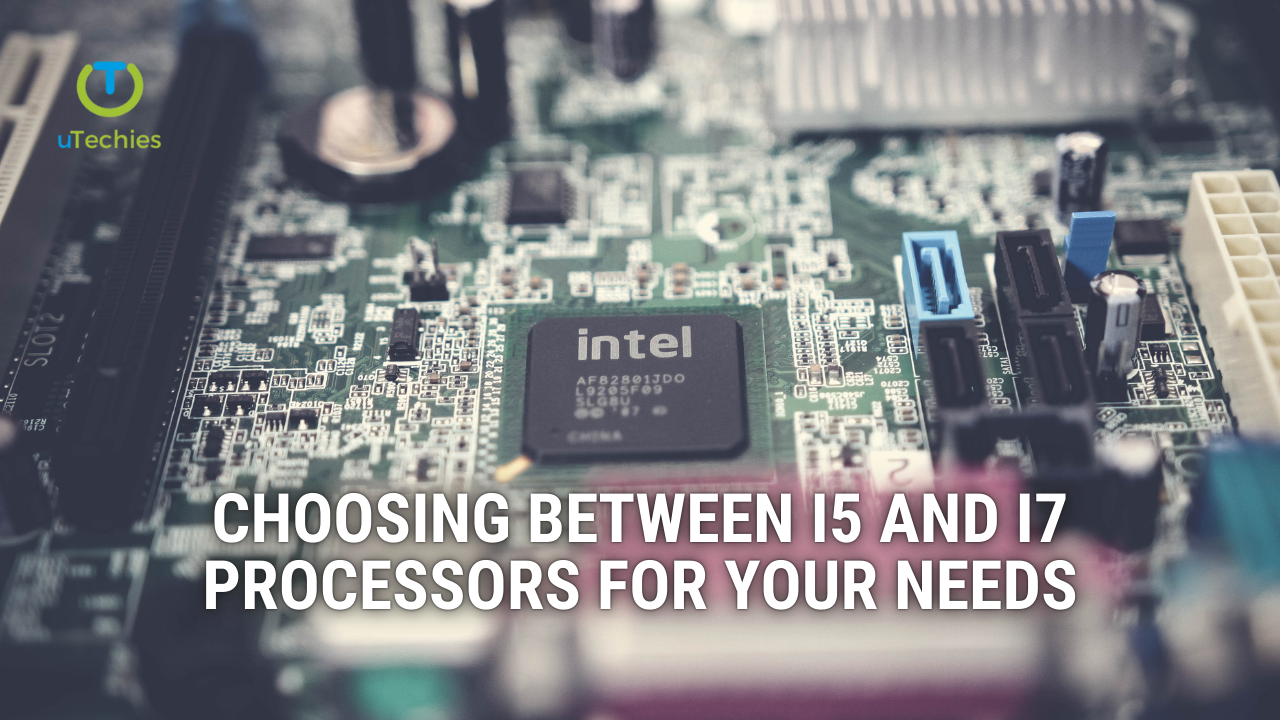Once a dominant force in semiconductor innovation, Intel now finds itself at a crossroads, grappling with new challenges while exploring transformative opportunities. As the company works to reposition itself in a competitive industry, understanding its path forward is essential for stakeholders and industry watchers.
Intel’s Current Hurdles
1. Production Delays and Growing Competition
Intel has faced significant hurdles in maintaining its manufacturing timelines, raising questions about its ability to keep pace with competitors. Despite substantial investments and initiatives like the CHIPS Act to bolster domestic semiconductor production, delays in opening new facilities, particularly in Europe, have dented its competitive edge. Meanwhile, rivals such as AMD and Nvidia continue to outshine Intel, leveraging advanced manufacturing techniques and capturing greater market share.
2. Lagging in AI Integration
In the rapidly expanding realms of artificial intelligence and machine learning, Intel has struggled to keep up with competitors like Nvidia, which have made AI a cornerstone of their product strategies. The lack of swift adaptation has left Intel behind in the race to develop AI-optimized chips, a crucial area in modern computing. To remain relevant, Intel must accelerate its innovation in AI-specific technologies and catch up with industry demand for advanced AI processing solutions.
3. Financial Struggles and Structural Challenges
Intel’s financial position has been under scrutiny, marked by declining stock values and cost-cutting measures, including workforce reductions. While these efforts aim to stabilize finances, they have yet to restore investor confidence. Furthermore, Intel’s traditional approach to chip manufacturing poses obstacles in an industry that demands rapid innovation and adaptability.
Opportunities on the Horizon
1. Advanced Manufacturing Roadmap
Intel has set an ambitious goal to achieve process leadership through its “five nodes in four years” plan, targeting major advancements by 2025. Key innovations, such as the Intel 18A process node, are expected to deliver significant performance gains. By focusing on state-of-the-art packaging technologies and customer-specific solutions, Intel hopes to regain its leadership in the semiconductor space.
2. Transitioning Toward a Fabless Model
As the semiconductor industry increasingly embraces a fabless approach, where companies prioritize design and outsource manufacturing, Intel has the chance to rethink its operational model. Adopting a fabless strategy could help Intel streamline its operations, cut costs, and foster greater flexibility. This pivot would position the company to compete more effectively with agile players like Qualcomm and Nvidia, enabling shorter innovation cycles and a sharper focus on market needs.
3. Expanding AI and High-Performance Computing
Intel’s renewed focus on artificial intelligence and high-performance computing (HPC) is pivotal for its growth strategy. The company is utilizing AI to enhance its internal processes, including product validation, and aims to optimize chip designs for AI-driven workloads. By deepening its investments in AI-specific architectures, Intel stands to capitalize on emerging markets and establish itself as a leader in intelligent computing solutions.
Conclusion
Intel’s journey forward is defined by a delicate balance of overcoming obstacles and harnessing new opportunities. Whether it’s through advancing its manufacturing roadmap, shifting toward a more flexible business model, or doubling down on AI and HPC innovations, Intel has the potential to reshape its role in the semiconductor industry. With bold strategies and precise execution, the company can chart a course toward reclaiming its leadership in an ever-evolving technological landscape.






